Focke-Wulf Ta 152 and Hawker Tempest Mk.V. Perhaps the best piston-engined fighter planes in Europe during the Second World War
The deadly comparative test duel of the most modern allied and German piston-engined fighters respectively:
In the autumn of 1941 when the first Focke-Wulf 190 A-1s appeared over the Channel coast they were superior in every respect to what was, at the time, the standard bearer of the Royal Air Force, the Supermarine Spitfire Mk. Vb. The dazzling successes of the fighter aircraft, which in Britain soon acquired the respectful nickname the “Butcher Bird“, came as a mighty shock to the British.
The advent of the significantly improved Spitfire variant, the Mk. IX, swung the balance once more the way of the British. At the beginning of the year 1944, the German Me 109 G-6s and Focke-Wulf 190 A-8s were by now both numerically and technically inferior to their allied opponents in the West and, increasingly, also in the East.
In the spring of 1944 the North American P-51 Mustangs appeared, followed in the summer of 1944 by the further improved Spitfire Mk. XIVs, both noticeably faster and more manoeuvrable than the German fighters. The total supremacy of the British and American aircraft over the skies of Germany was assured in June 1944 with the arrival of the brand new Hawker Tempest Mk. V. With the evolution of the Yak-9 into the Yak-3, and the improvement of the La-5 to the La-7, the Soviets also had two outstanding fighters which below 16,000 feet were more powerful and more agile than their German rivals.
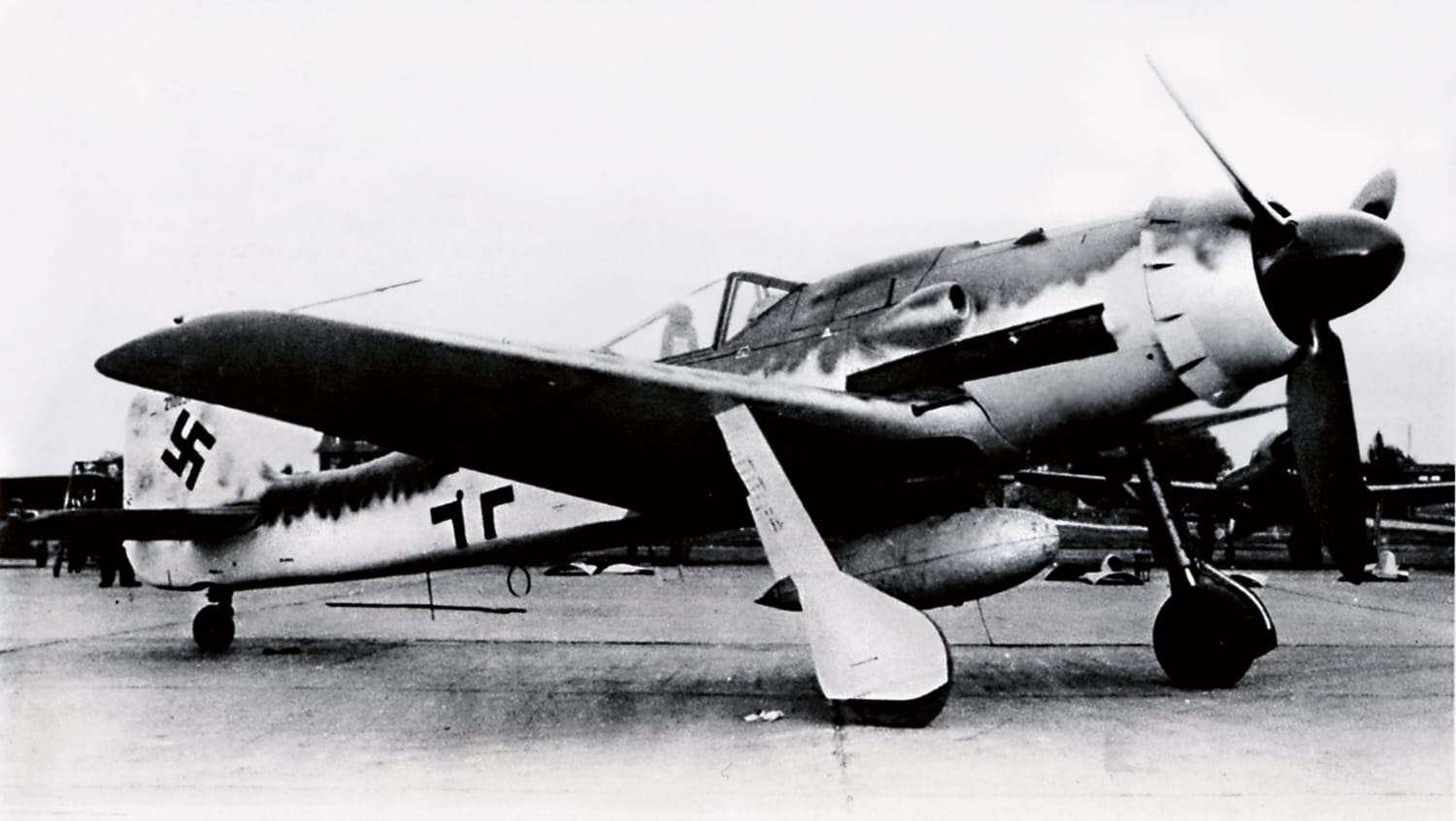
The Hawker Tempest was an excellent, super fast and very manoeuvrable fighter aircraft, yet also well-armed. In many respects it could be considered the best allied fighter of the Second World War, if its performance at all altitudes (also above 16,000 feet) was taken into account.
It was not until October 1944 that the technological balance of power swung back to virtual parity with the further development of the Messerschmitt Bf 109 from the G-14/G-10 to the K-4 and, in particular, with the last Focke-Wulf variant, the D-9 “Long Nose“.
At the end of 1944, the Germans’ last roll of the dice came with the launch of the revolutionary Me 262 jet fighter into battle, an aircraft which was now technologically head and shoulders above its rivals.However, they were too few in number, and it was much too late.
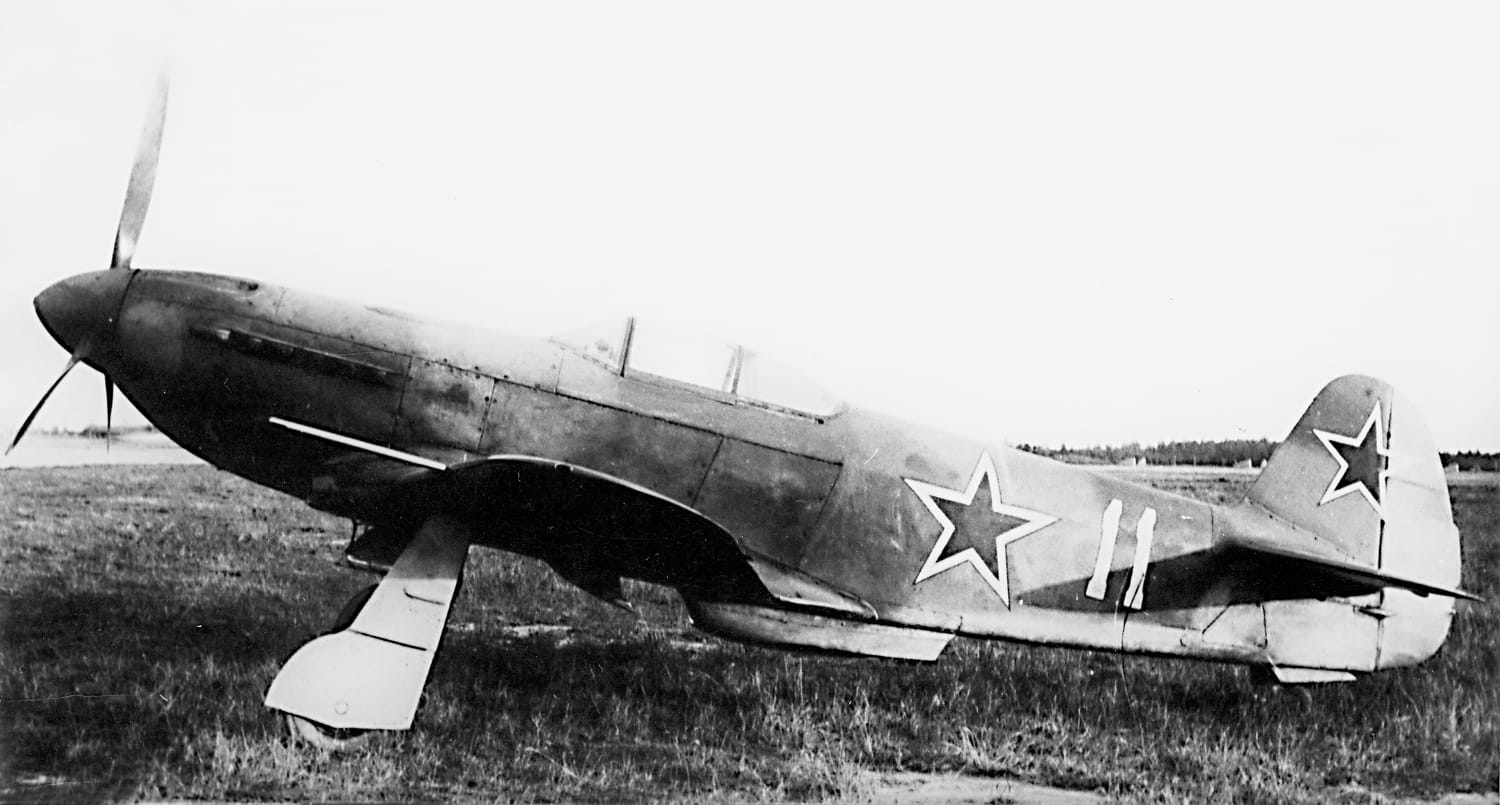
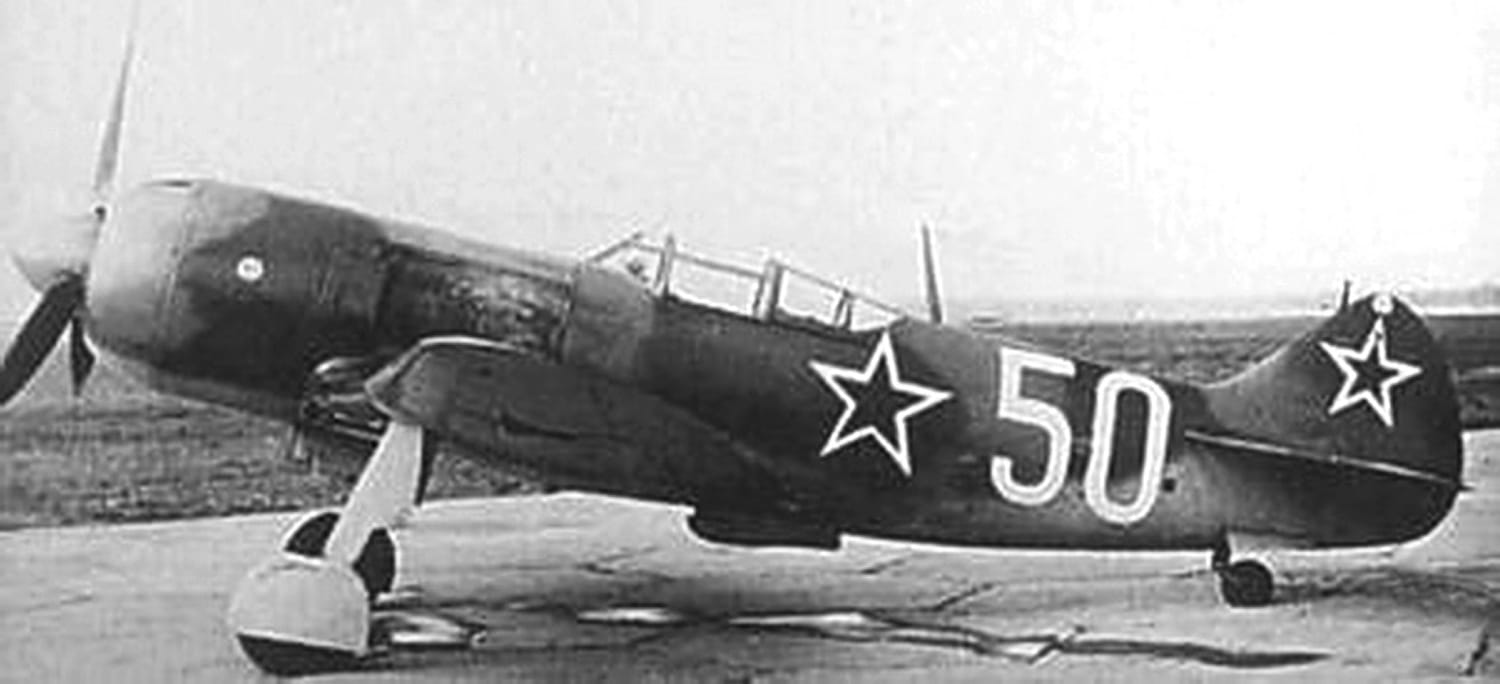
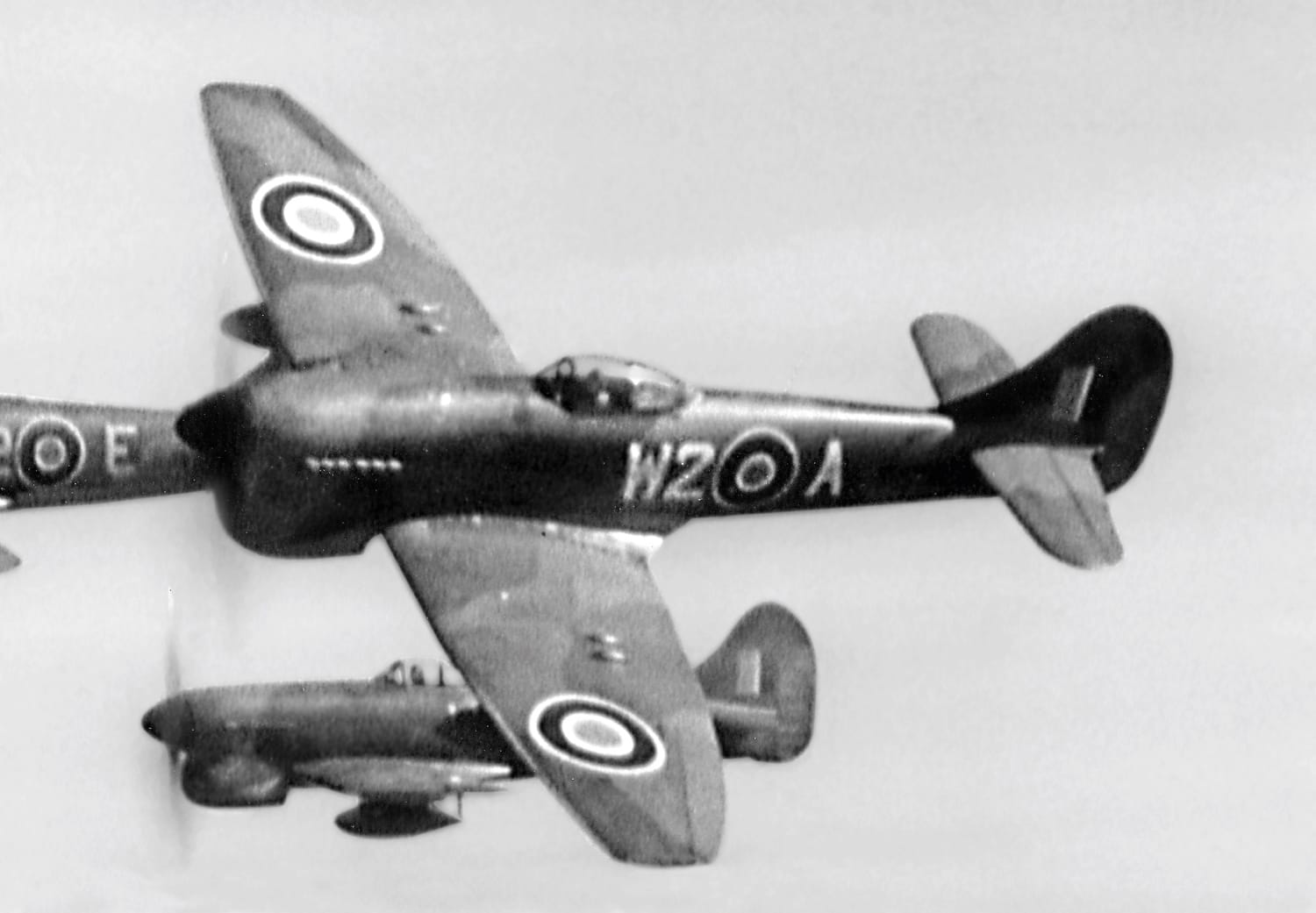
Still, even in the sector of the conventional piston engine powered fighter aircraft, the German engineer Kurt Tank again succeeded in developing an aircraft to the production stage which was superior to those of their enemy, and actually delivering some to the Luftwaffe. There were only a handful of them, and they were only operational during the last weeks of the war.
Yet the Focke-Wulf Ta 152 was possibly the best piston-engined fighter ever to have flown in battle. As chance would have it, the designer of this fantastic machine, himself, during a test flight flew into the clutches of a horde of the ever-present P-51 D Mustangs. The American pilots, confident that they were flying the best American fighter in the European theatre, dived immediately on the German singleton—easy pickings to all appearances.
Kurt Tank saw the attackers and simply applied full power. He escaped effortlessly.
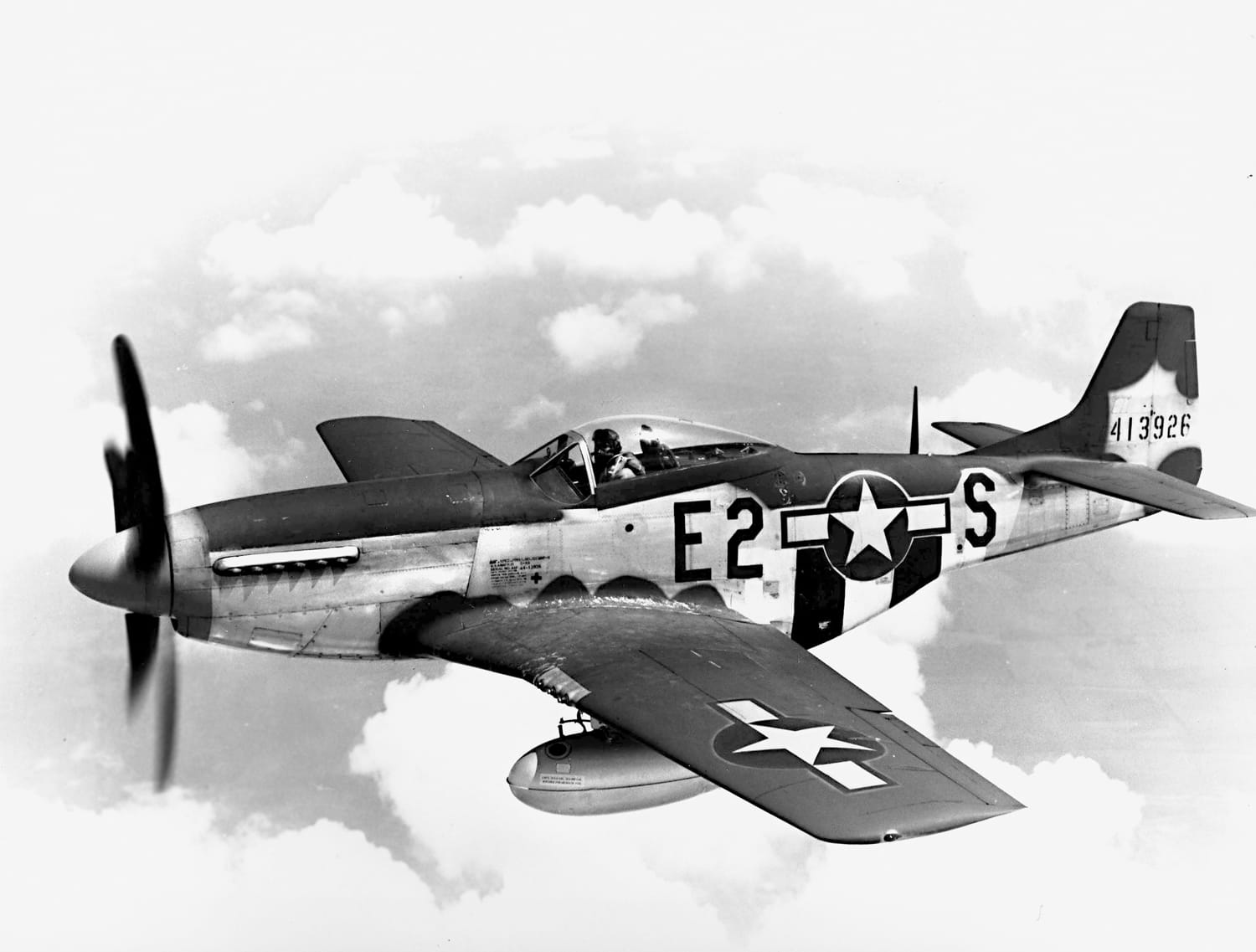
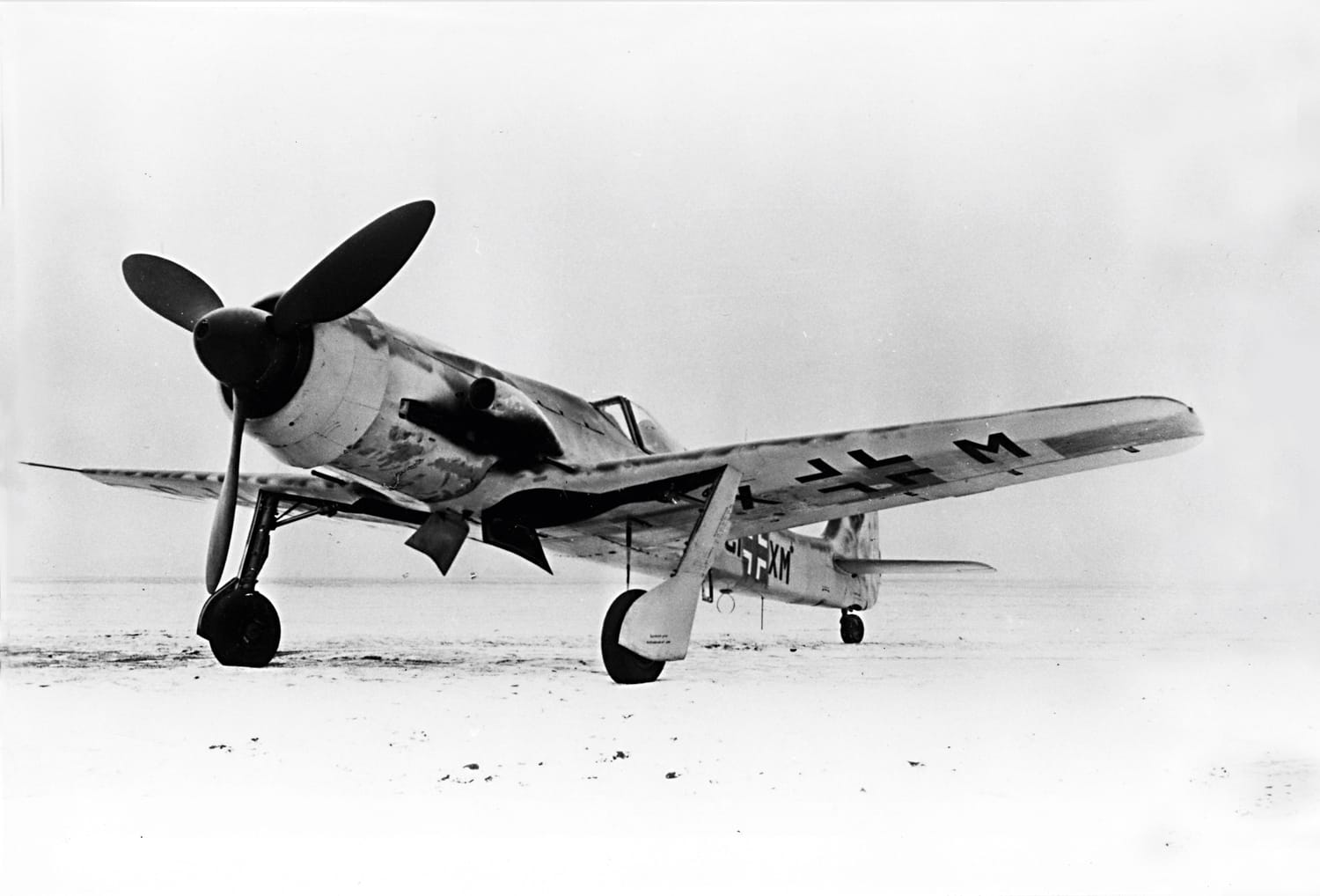
14 April 1945
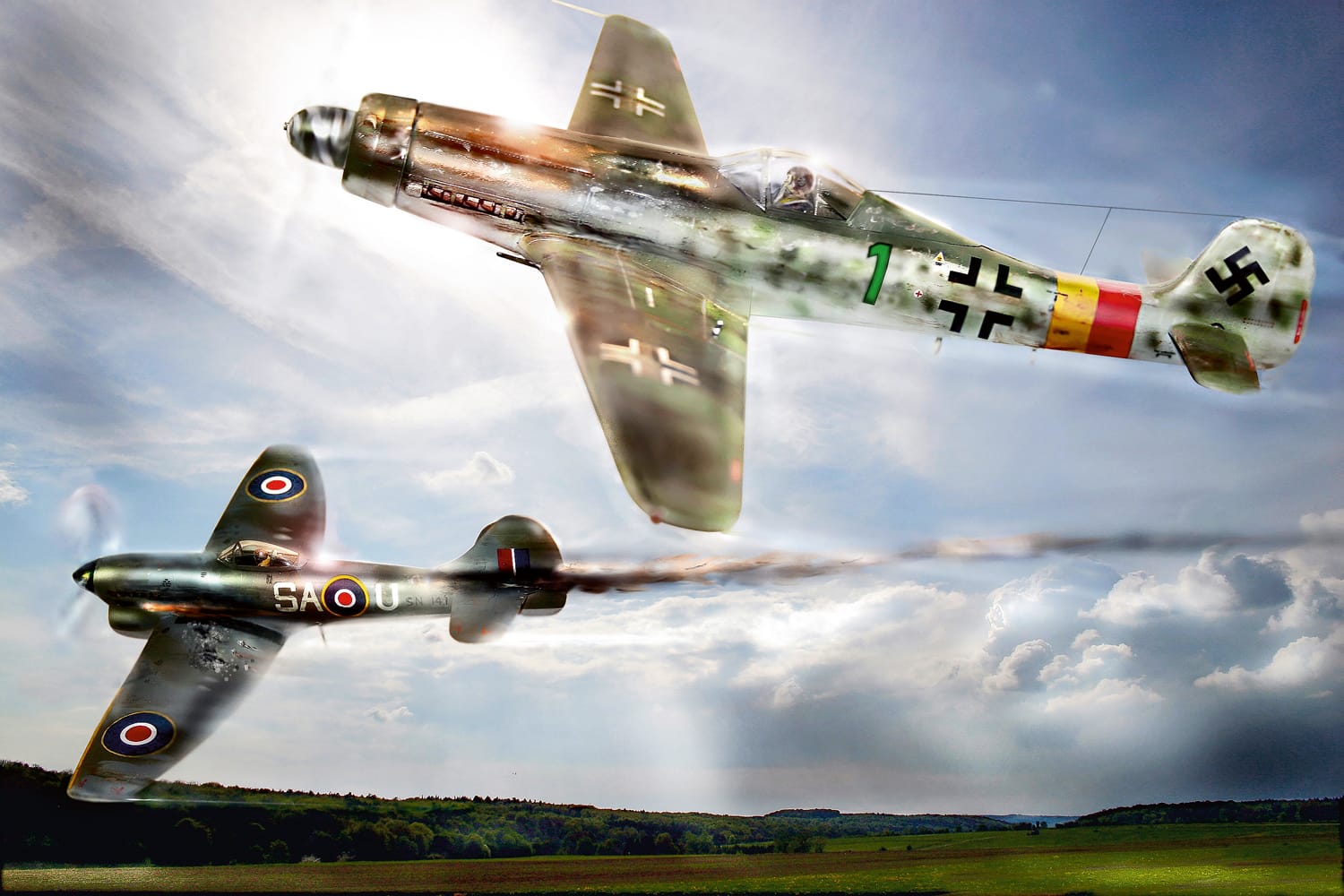
A memorable dogfight on 14 April 1945 sheds light on the flying qualities of possibly the two best propeller-driven fighter aircraft of the Second World War on the European theatre of war. Of course, the qualifications of the two pilots involved must also be taken into account. On the German side, a long-standing, experienced fighter pilot was the opponent of a New Zealand pilot. However, the Allied pilots were very well trained at the time and also had a high level of flying experience. This aspect may therefore play a subordinate role in the air combat described below.
What remains for the question of the constructive capabilities of the aircraft are the flying qualities of the fighter aircraft. These seem to have decided at least the following air battle. Oberfeldwebel Willi Reschke describes his first kill with a Ta 152 as follows:
“Now it was two against two, and the low-level battle began. The Tempest was known to be a very fast aircraft, with which the English had been able to catch and shoot down the V1. In this engagement, however, speed played a less important role: at low level an aircraft’s manoeuvrability was more important. As I approached, my opponent pulled up from a low-level attack and I attacked from out of a left-hand turn.
Both pilots realised that this was a fight to the finish, and from the outset both used every tactical and piloting ploy in an attempt to gain an advantage. At that height neither could afford to make a mistake, and for the first time I was to see what the Ta 152 could really do!
Twisting and turning, never more than fifty metres [some 160 feet]. above the ground, I closed the range on the Tempest. At no time did I get the feeling that my machine had reached the limit of its performance. The Tempest pilot quite understandably had to undertake risky manoeuvres to avoid a fatal burst from my guns. As my Ta 152 closed in on the Tempest, I could see that it was on the verge of rolling the other way: an indication that it could not turn any tighter.
The first burst from my guns struck the Tempest in the rear fuselage and tail. The Tempest pilot reacted by immediately flicking his aircraft into a right-hand turn, which increased my advantage even further.
There was no escape for the Tempest now. I pressed the firing buttons again, but my guns remained silent. Recharging them did no good: my guns refused to fire even a single shot. I can’t remember whom and what I cursed at that moment. Luckily, the Tempest pilot was unaware of my bad luck, for he had already had a sample.
He continued to twist and turn, and I positioned my Ta 152 so that he always had a view of my machine’s belly. Then came the moment when the Tempest went into a high-speed stall: it rolled left and crashed into a wood”.
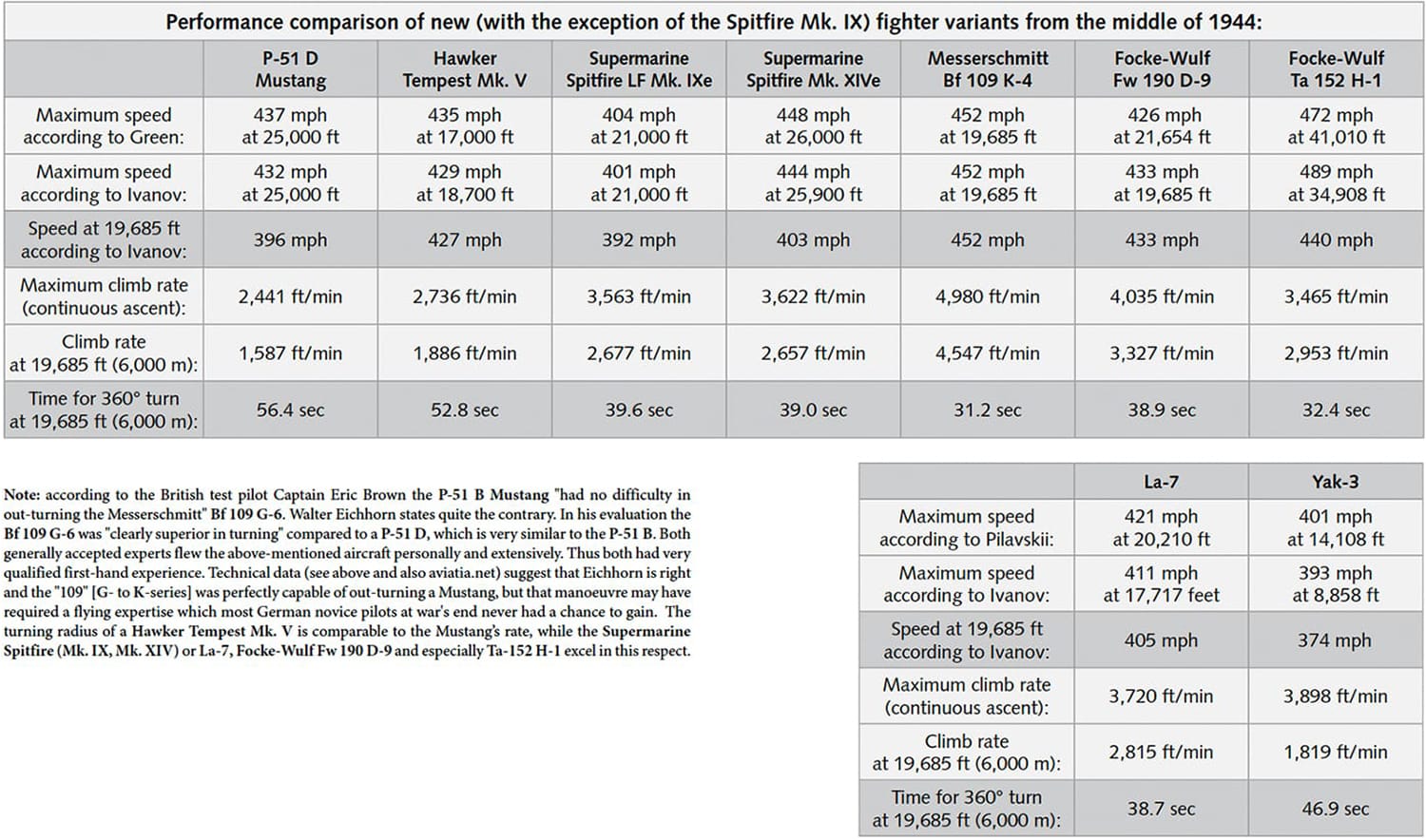


Ebenfalls interessant…

The final kill of the ace of aces, Erich Hartmann, the most successful fighter pilot of all time
Dangerous encounter in the air In March 1945 a Russian bombing attack on Prague was reported. Hartmann took off with four Me 109s. A Russian…
Weiterlesen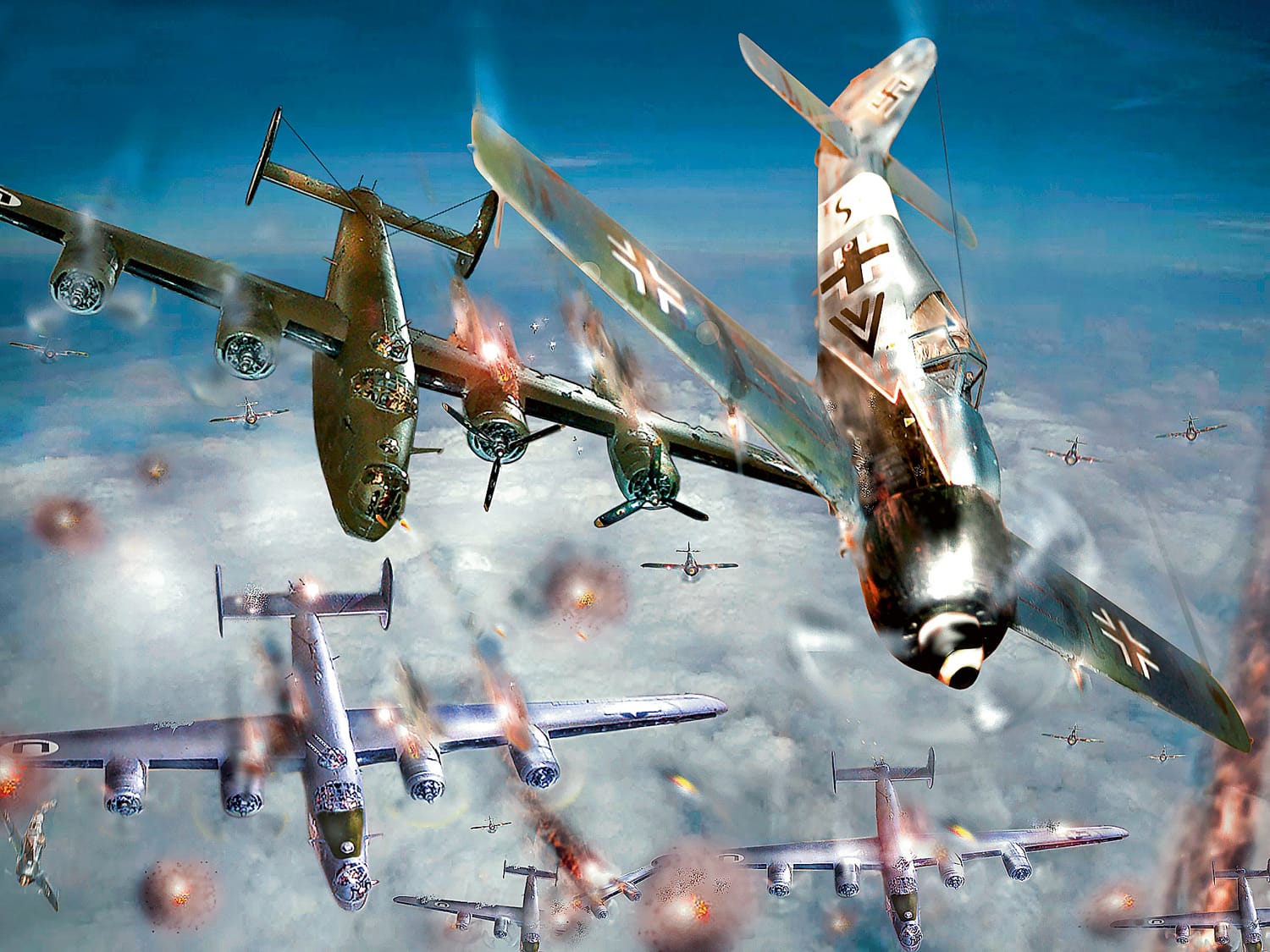
Sturmjäger – cuirassiers of the air
Air battle over Germany: the attack on hydrogenation plants and aircraft factories In the early hours of the morning of 7th July 1944 756 B-17…
Weiterlesen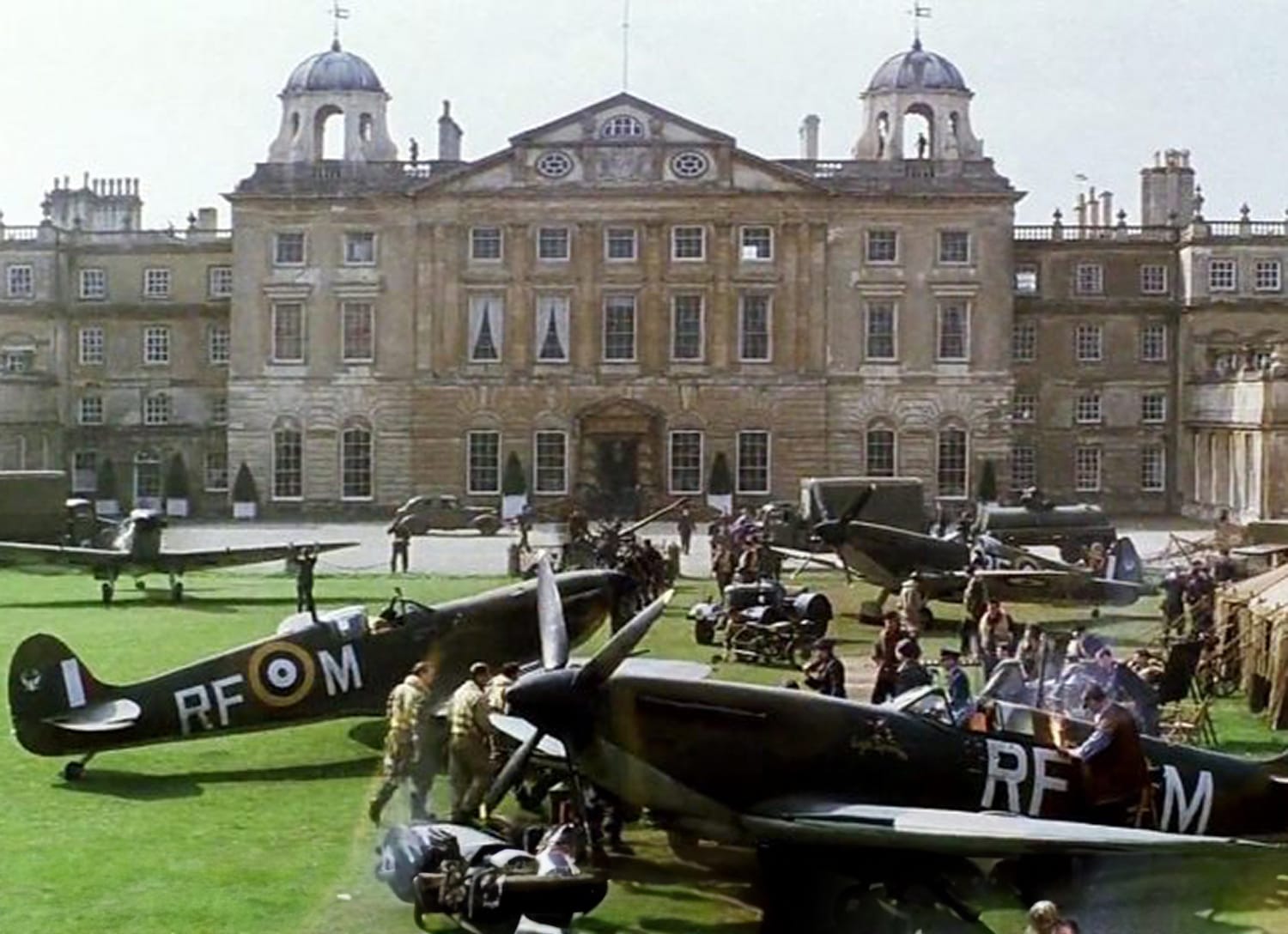
That’s how historic air battles get botched by Hollywood
Time and again the ignorance and nonchalance with which even highly renowned directors simply ignore historic details is fascinating. They do this in spite of…
Weiterlesen